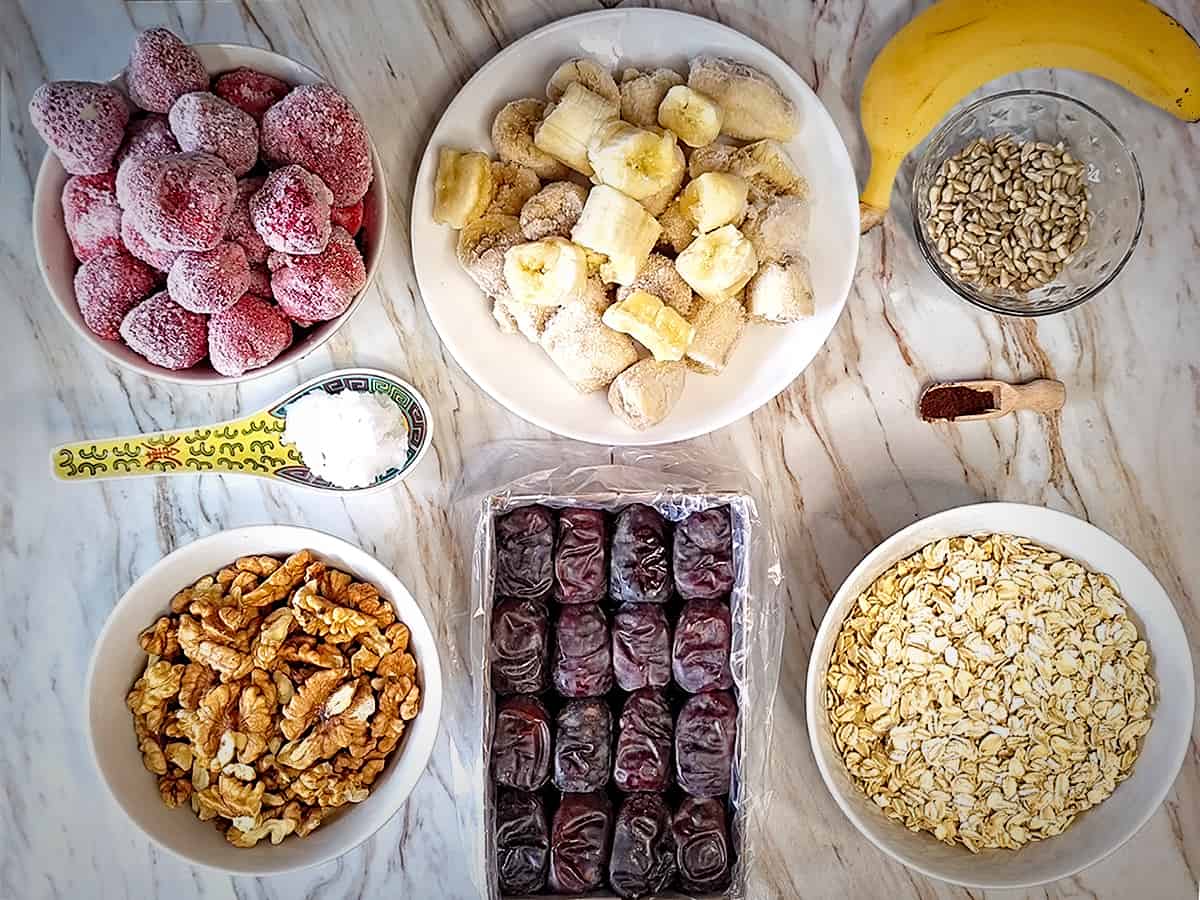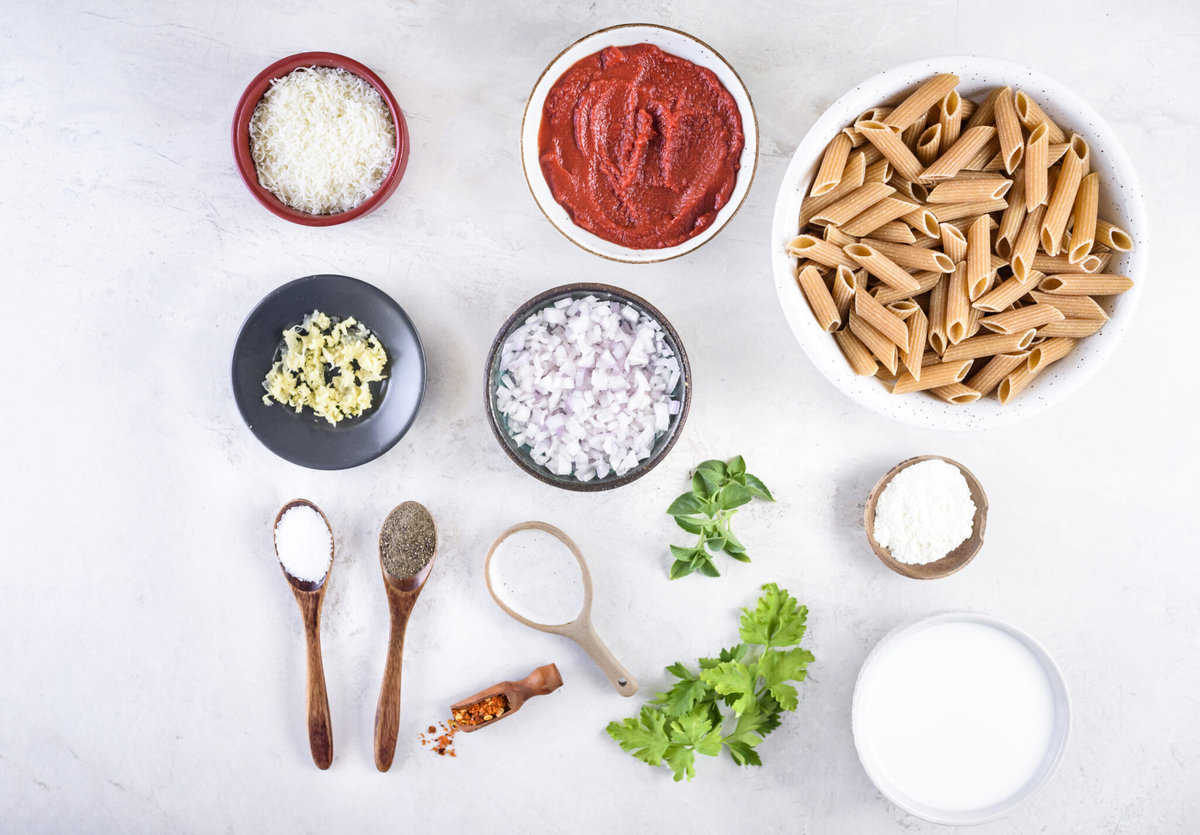In the increasingly vast realm of plant-based, non-meat diets, vegan and vegetarian lifestyles are often juxtaposed, and even confused. While both aim to reduce the reliance on animal-derived products, the key difference lies in their overall rigidity. Vegetarians often exclude meat from their diet, but some consume dairy and eggs, or some fish. Vegans, on the other hand, eschew all products sourced from animals in their diet, even extending to non-food items like leather, beeswax, and certain dyes. Embracing either diet can lead to profound effects on personal health as well as the planet, but understanding the nuances of both is critical.
What Is A Vegan?
A vegan lifestyle goes far beyond just food, it’s a philosophy that rejects the commodity status of animals. Vegans eliminate all animal-derived products from their life, including meat, poultry, fish, dairy, eggs, and honey. Additionally, they will also try to avoid items or products that are processed using animal products, like certain types of wine, and even sugar. It is a significant lifestyle shift from the conventional norm most people are accustomed to.
The vegan diet is abundant in fruits, vegetables, grains, legumes, nuts, and seeds. Since all animal-based proteins are excluded, vegans must ensure they get essential nutrients like protein, vitamin b12, iron, and omega-3 fatty acids from plant-based sources. Neglecting to consider these components’ natural lack in a vegan diet can lead to significant and serious health issues from malnutrition.
Despite being one of the most restrictive types of diets, and significantly more restrictive than a vegetarian diet, a well-planned vegan diet can be highly nutritious, delicious, and satisfying. Vegan diets have been associated with health benefits like lower chance of heart disease, lowered risk of diabetes, and lowered risk of certain cancers. Additionally, it’s a powerful way to reduce the environmental impact and animal suffering caused on an individual basis. It helps negate the need for commercial animal agriculture, which is a substantial contributor to greenhouse gas emissions.
If you are looking for vegan friendly recipes you can find them here.
Different Types of Vegan
The vegan lifestyle is incredibly diverse, with multiple subsets to cater to individual choices. There are:
- Dietary Vegans, who exclude animal products from their diet, might use non-dietary products like leather.
- Whole-Food Vegans, who focus on eating whole, unprocessed plant foods.
- Raw-Food Vegans, consume raw fruits, vegetables, nuts and seeds, and foods cooked at low temperatures.
- Low-Fat, Raw-Food Vegans, or “Fruitarians”, primarily consume fruit and limit high-fat foods like nuts and avocados.
How Do You Make Vegan
Transitioning to a vegan lifestyle is an entire process. Start by gradually replacing meat and dairy with plant-based alternatives. Get creative with recipes, and incorporate nutritious whole foods, like legumes, whole grains, fruits, and vegetables. For protein, rely on lentils, tofu, tempeh, and seitan.
Additionally, target fortified plant milk and cereals for vitamin b12, flaxseeds for omega-3, and a wide range of leafy green vegetables with substantial amounts of iron. Research, preparation, and balance are going to be critical elements. Consider consulting a nutritionist to ensure that all of your health needs are addressed adequately. It’s not about perfection, it’s about progression.

Delicious Vegan Ingredients
The vegan pantry is an exciting realm of flavors and nutrients, found in ingredients that are commonly skipped over or ignored in conventional cooking, such as:
- Legumes: Lentils, chickpeas, black beans, and peas are high in protein and fiber.
- Whole Grains: Brown rice, quinoa, and oats add satisfying bulk to meals.
- Nuts and Seeds: Almonds, walnuts, flaxseeds, and chia seeds are nutrient-dense snack options.
- Fruits and Veggies: The stars of the vegan plate, they’re versatile and filled with essential vitamins and minerals.
- Tofu and Tempeh: These soy products are protein powerhouses and adapt to the flavor of any dish.
- Plant-Based Milk: Almond, oat, soy, and rice milk are delicious dairy alternatives.
Great Vegan Recipes You Should Try
- Vegan Buddha Bowl: A colorful mix of grains, legumes, veggies, and a tasty tahini dressing.
- Black Bean Tacos: Protein-rich black beans topped with avocado and zesty salsa.
- Chickpea Curry: A comforting and protein-packed dish, perfect with rice or quinoa.
- Vegan Lasagna: Layers of pasta, tomato sauce, and vegan cheese and ricotta—absolute comfort food.
- Vegan Pancakes: Made with oat milk and topped with fresh fruits, perfect for breakfast.
What Is A Vegetarian?
A vegetarian lifestyle centers around a diet that intentionally excludes meat, poultry, and fish. However, unlike vegan diets, it doesn’t necessarily exclude all products derived or sourced from animals. Depending on the preferences and personal convictions of the individual, some vegetarians may consume dairy products like milk and cheese, while others may even include eggs in their diet.
Like veganism, vegetarianism offers various health benefits over conventional meat-based or meat-heavy diets. It lowers the risk of many chronic diseases, improves heart health, and helps promote a healthier weight. Vegetarian diets can also contribute to environmental sustainability, as they require substantially less water and energy to operate compared to diets containing meat.
The biggest caveat with vegetarianism, however, is that there are many different types of vegetarianism, based on what is included or excluded from the diet. Some vegetarians eat eggs, but not dairy, and some vegetarians eat seafood but not land meats. No matter what type of vegetarianism is chosen, however, it’s critical to ensure that a variety of foods are consumed to meet nutritional needs.
Different Types of Vegetarian
Vegetarianism, like veganism, comes in various forms, each with different dietary restrictions:
- Lacto Vegetarians: Consume dairy but avoid meat, poultry, fish, and eggs.
- Ovo Vegetarians: Include eggs, but exclude meat, poultry, fish, and dairy.
- Lacto-Ovo Vegetarians: Incorporate both dairy and eggs, excluding meat, poultry, and fish.
- Pescatarians: Include fish and sometimes other seafood, but avoid meat and poultry. Some pescatarians also consume dairy and eggs.
How Do You Make Vegetarian
Transitioning to a vegetarian lifestyle will involve gradually reducing your intake of meat, poultry, and fish. Start by simply mentioning or introducing meatless days, and experimenting with various vegetarian recipes. Begin to familiarize yourself with vegetarian protein options, like legumes, dairy, eggs (if unrestricted in your vegetarianism plan), tofu, and even seitan. Explore the world of whole grains, fruits, and vegetables, which create the entire foundation of the vegetarian diet.
If you’re new to vegetarianism, consider starting your transition with the addition of meat substitutes. And remember, just like veganism, balance, and variety are the keys to meeting your nutritional needs. Be sure you speak with a healthcare professional before making any serious or drastic changes to your diet.

Delicious Vegetarian Ingredients
The most effective vegetarian kitchens are those with a wide variety of delightful and nourishing ingredients, including:
- Dairy and Eggs: If your diet allows, these offer protein and versatility in cooking.
- Legumes: Chickpeas, lentils, and beans are protein-rich and fiber-dense.
- Whole Grains: Oats, brown rice, and quinoa are filling and offer sustained energy.
- Vegetables and Fruits: Loaded with vitamins, minerals, and fiber, they should be the bulk of any diet.
- Nuts and Seeds: Almonds, walnuts, and flaxseeds offer healthy fats and a crunch to your meals.
- Tofu and Tempeh: Excellent protein sources that can take on any flavor.
Great Vegetarian Recipes You Should Try
- Eggplant Parmesan: Crispy eggplant slices layered with rich tomato sauce and mozzarella.
- Vegetarian Stir-Fry: A colorful medley of veggies sautéed with tofu and a savory sauce.
- Vegetarian Paella: A Spanish classic filled with veggies and spices.
- Chickpea Shakshuka: Eggs poached in a tangy tomato and chickpea stew.
- Vegetarian Pasta: Fettuccine in a creamy mushroom and spinach sauce.
Wrapping Up: What are the key differences between Vegan and Vegetarian?
In a nutshell, the biggest difference between vegan vs vegetarian diets lies in their exclusions. Vegans will typically abstain from all animal-sourced products, including food, non-food, and otherwise, which is often indicative of a much broader lifestyle choice. Vegetarians, however, often primarily focus on the exclusion of meat, fish, and poultry, with some still consuming dairy and eggs. Regardless of your personal choice, both diets can offer massive health benefits, environmental advantages, and a rich world of flavors when well-balanced and varied.
Frequently Asked Questions (FAQs)
Q1: Is it hard to get enough protein on a vegan or vegetarian diet?
While meat is a very common choice for protein, there are many sources of plant-based proteins that can be incorporated into either diet. Legumes, tofu, tempeh, seitan, and quinoa are a few that can help you meet your daily requirements.
Q2: What’s the environmental impact of vegan vs vegetarian diets?
Both diets have significantly less environmental impact compared to meat-heavy diets that obtain their meat from commercial sources. However, veganism could have a potentially lower impact if it excludes all animal products, many of which require significant resources to create.
Q3: Can I get all my necessary nutrients from a vegan or vegetarian diet?
Yes, you absolutely can! Both diets can meet all nutritional needs, provided they’re implemented in a well-balanced and varied way. Remember to pay close attention to things like vitamin b12, iron, and omega-3 fatty acids to ensure you get enough from plant-based sources.
The post Vegan vs Vegetarian: A Simple Guide to Nourishment, Variety, and Flavor appeared first on Drizzle Me Skinny!.
